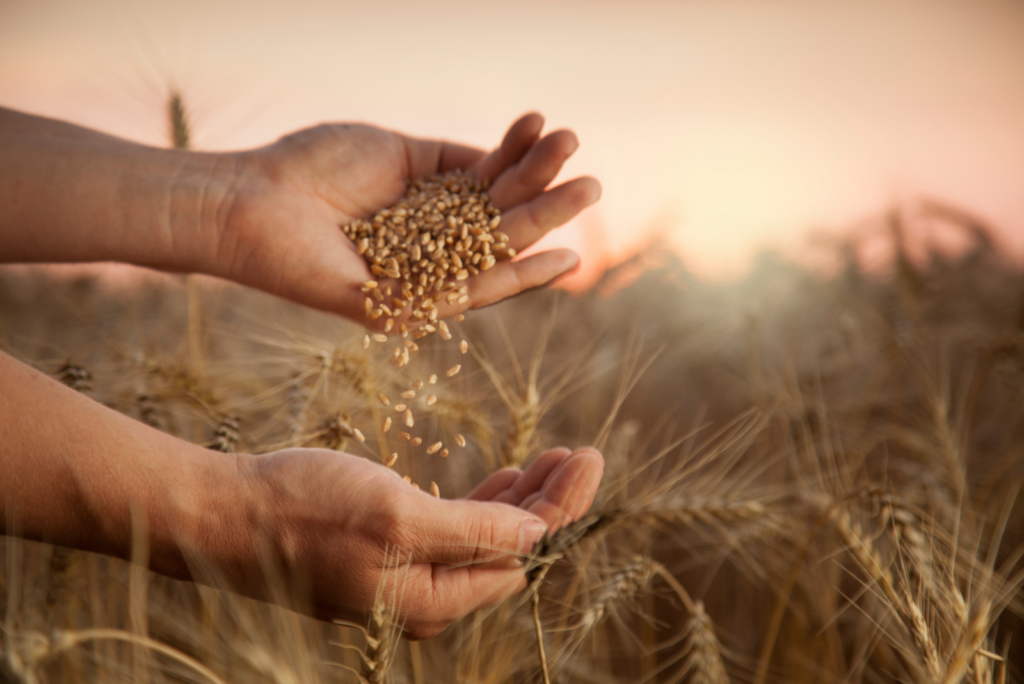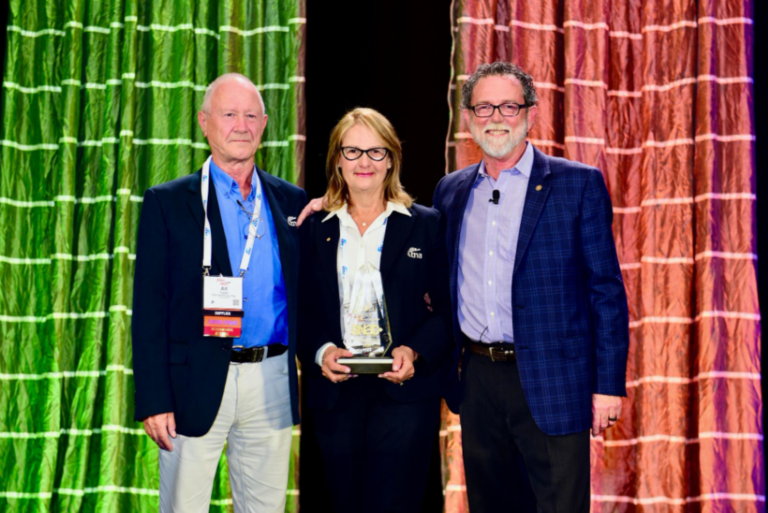KANSAS CITY, MO — Consumer consciousness regarding food waste grew to 72% in the past two years; by comparison, it was 33% in 2020, according to a report published by the Capgemini Research Institute.
The global survey was conducted in 11 countries across North America, Europe and Asia Pacific in April and May.
Food waste is one of the population’s main concerns, together with rising food prices, supply chain challenges and the pandemic, with an impact on their behavior. For the report, titled “Reflect. Rethink. Reconsider. Why food waste is everybody’s problem,” the institute surveyed 10,000 consumers and executives from 1,000 large organizations in food manufacturing and retail.
Consumers are already looking into ways to reduce their food waste. For example, there is an 80% year-on-year growth in social media searches for methods to increase the life of food items, according to the research. Cost savings (56%), concerns around world hunger (52%) and climate change (51%) are the primary reasons for this.










